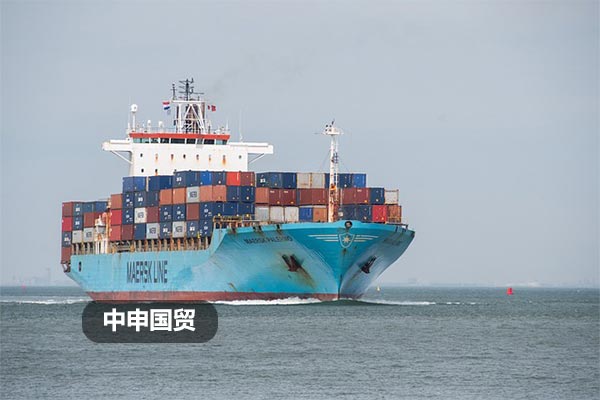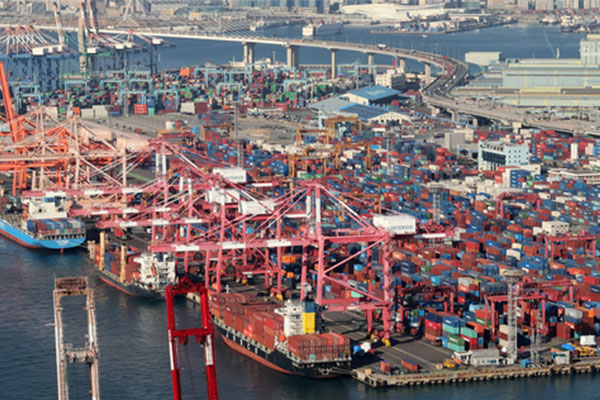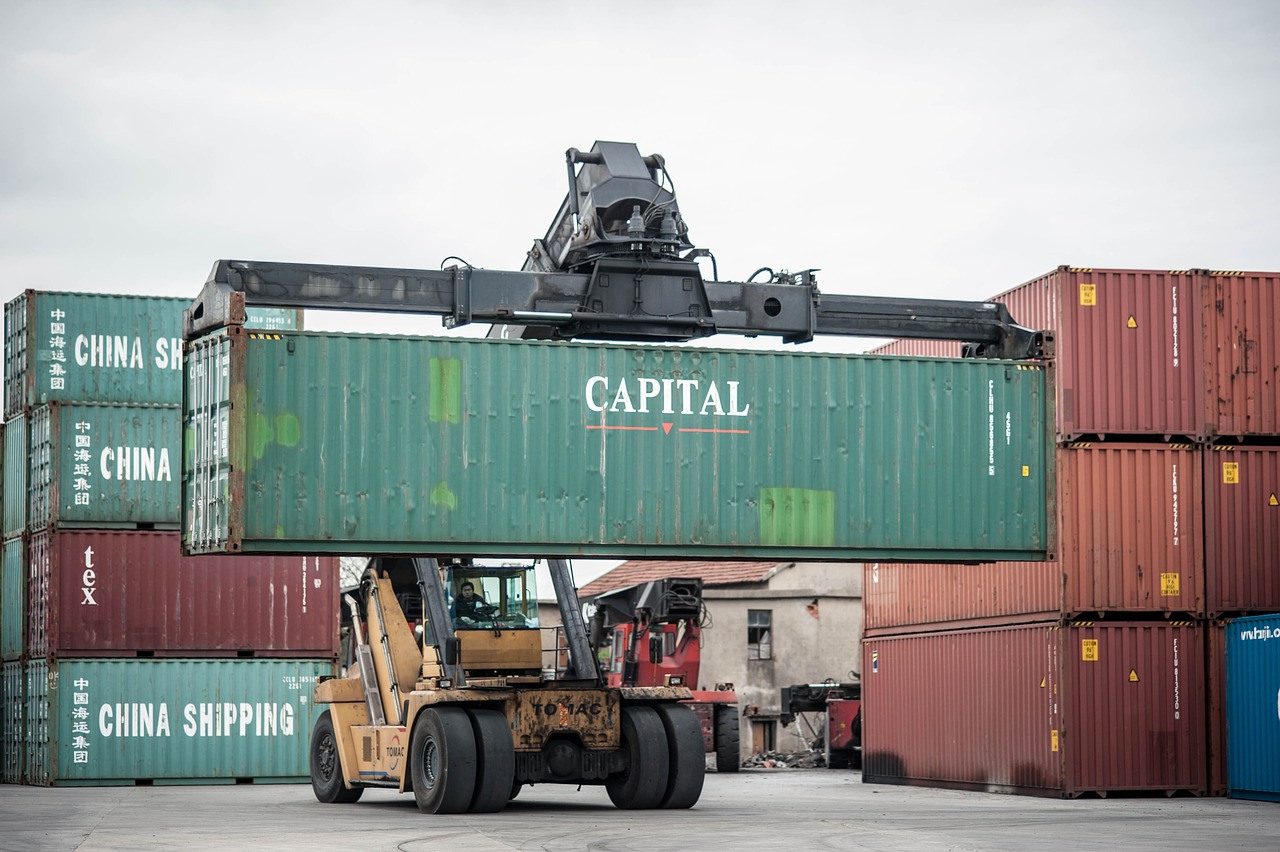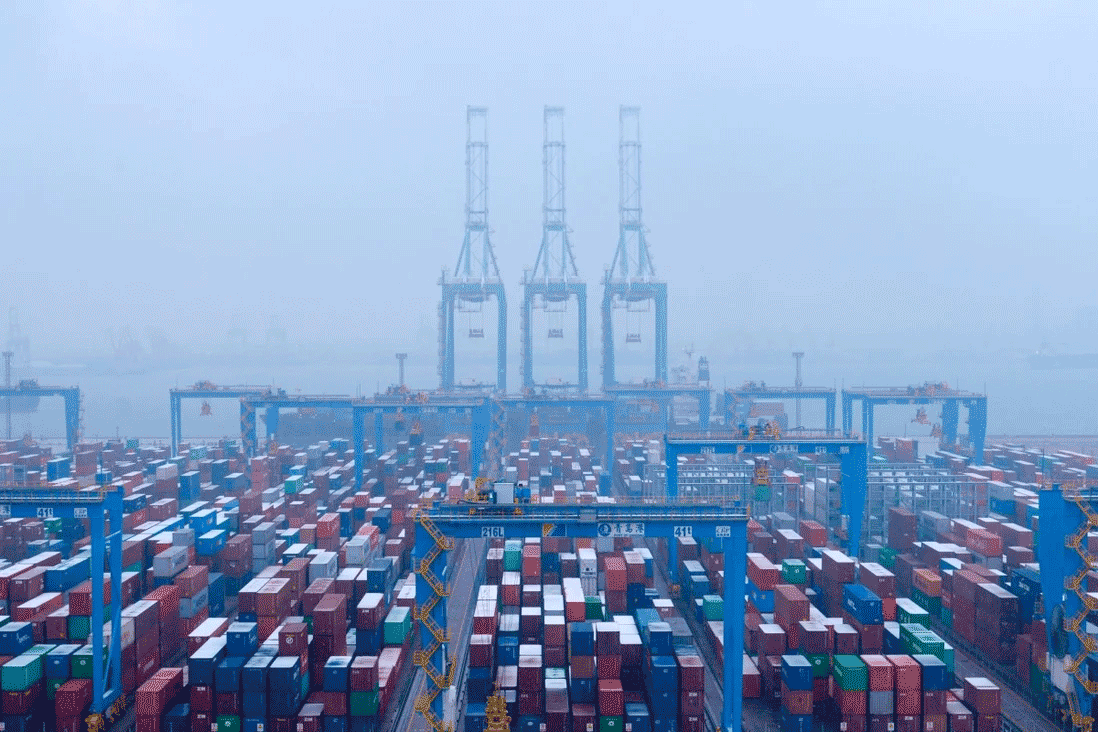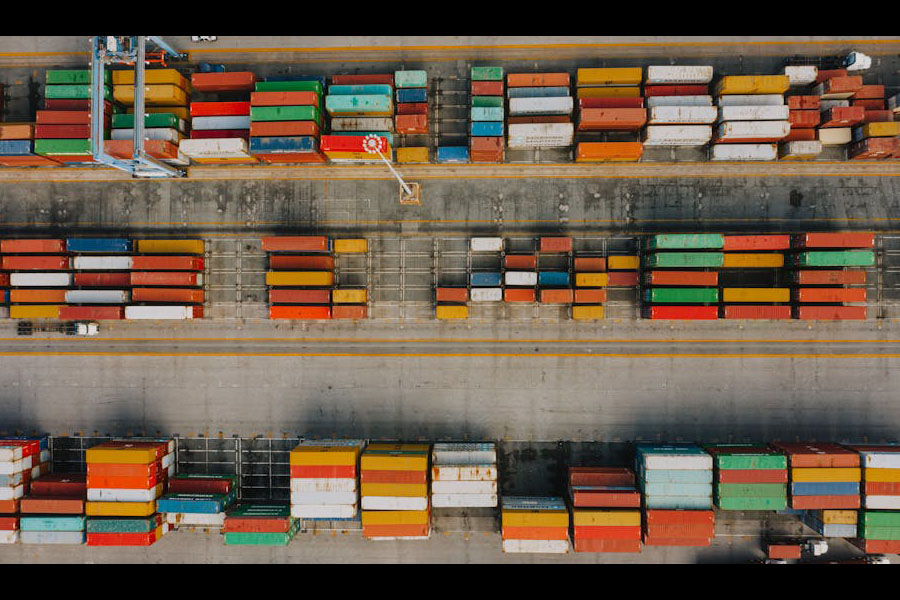- Shanghai Zhongshen International Trade Co., Ltd. - Two decades of trade agency expertise.
- Service Hotline: 139 1787 2118
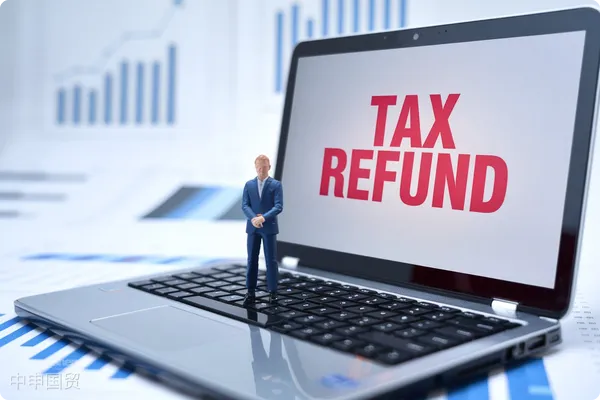
Export RepresentationWhat is the basic process of tax declaration?
In 2025, export agency tax declaration should follow"Document matching, tax refund after payment"After the export enterprise receives foreign exchange through the agency company, it needs to provide:
- Stage 1: Declaration Preparation
- Confirm the HS code of goods and the tax refund rate (In 2025, the tax refund rate for electromechanical products is generally 13%)
- Collect original vouchers such as customs declaration forms, special VAT invoices, and export contracts
- Stage 2: Electronic Declaration
- Complete through the Electronic PortExport DrawbackDeclare on the Integrated Service Platform
- Some regions have piloted the use of the International Trade Single Window 3.0 system
- Stage 3: Tax Review
- The average review cycle is shortened to 7 working days (30% faster than in 2023)
- Focus on verifying the matching of cross - border capital flow and goods flow
What core materials are needed to prepare for agency tax declaration?
In 2025, the General Administration of Customs requiresThree types of mandatory materials + two types of supplementary materials:
- Basic documents
- Export goods customs declaration form (The electronic version needs to be stamped with an electronic signature)
- Special VAT invoice (Needs to be certified through the tax Ukey)
- Auxiliary vouchers
- Maritime TransportationBill of Lading/Air TransportationWaybill (Needs to show the complete transportation route)
- Foreign ExchangeA complete export agency agreement should be attached with:Vouchers (For cross - border RMB settlement, RCPMIS messages need to be provided)
- Materials for special situations
- Entrepot TradeNeed to provide the customs supervision certificate of the transit place
- For returned goods, an inspection report from an overseas notary institution needs to be attached
What common risks should be noted when entrusting tax filing?
According to the customs inspection cases in 2025, three types of risks need to be focused on for prevention:
- Risk of false documents
- A textile enterprise was required to pay back the taxes due to the difference between the declared unit price and the contract price exceeding 5%.
- It is recommended to establishThree-document verification mechanism(Contract, invoice, customs declaration form)
- Time Sensitivity Risk
- Failure to file a tax return before the deadline for VAT tax filing in April of the year following export will result in the loss of the tax refund right.
- It is recommended to set upa 90 - day early warning mechanismto track the transfer of documents.
- Risk of policy application
- Cross-border E-commerceB2B exports need to be declared separately according to the supervision code 9810.
- Errors in applying the rules of origin of RCEP member states will lead to tariff losses.
How to choose a reliable export tax filing service provider?
It is recommended toThree - dimensional evaluation methodScreening service providers:
- From the perspective of qualifications
- Check the customs AEO certification qualifications (The new version of the certification standard in 2025 has been implemented).
- Confirm that it has the record - filing for cross - border payment business.
- Capability Dimensions
- Request a demonstration of the intelligent customs declaration system (It needs to be compatible with the data standards of the second phase of the Golden Customs Project).
- Verify the successful tax refund cases of similar products in the past three years.
- From the perspective of risk control
- Confirm that it providespre - declaration review services
- Require issuance ofand a tax compliance commitment letter.
What are the important changes in the export tax refund policy in 2025?
Three major policy adjustments this year require special attention:
- Reform of the declaration method
- Fully implement paperless declaration (The retention period of paper materials is extended to 10 years).
- Newly addedIntelligent form - matching functionReduce manual errors.
- Shift of supervision focus
- Strengthen tax inspections on cross - border e - commerce overseas warehouse exports.
- Establish a hierarchical management system for export tax rebate enterprises (the review speed of Class A enterprises is increased by 50%)
- Compress the tax rebate cycle
- The tax rebate time limit for Class I enterprises is shortened to 3 working days
- Pilot the "immediate refund upon filing" fast track (currently limited to enterprises within comprehensive bonded zones).
Tags: HS Code · Customs Declaration · Export Drawback · Customs Recordation · Trade Essentials · Declaration · Customs · Tax Invoice
Related Recommendations
? 2025. All Rights Reserved. Shanghai ICP No. 2023007705-2  PSB Record: Shanghai No.31011502009912
PSB Record: Shanghai No.31011502009912

